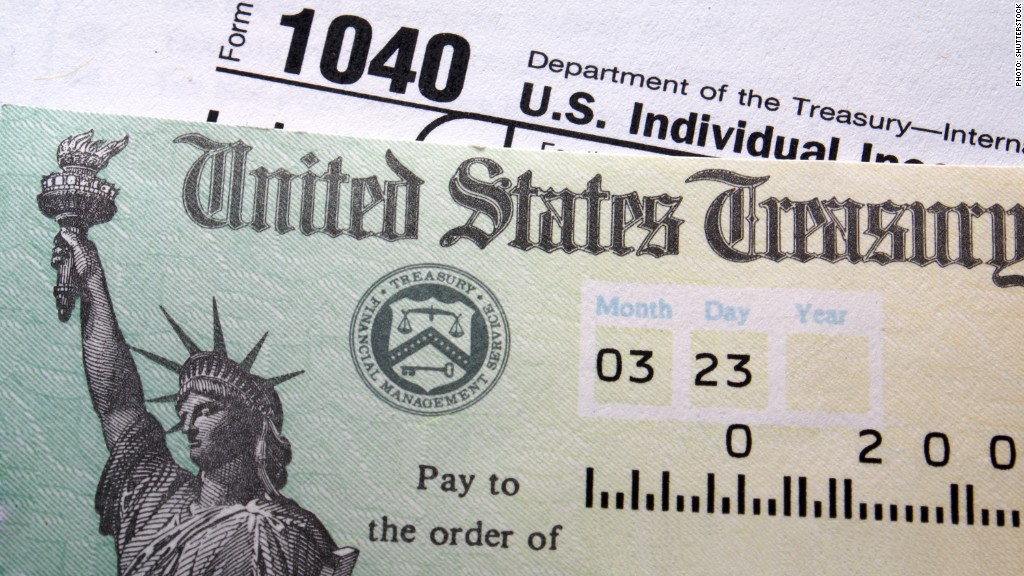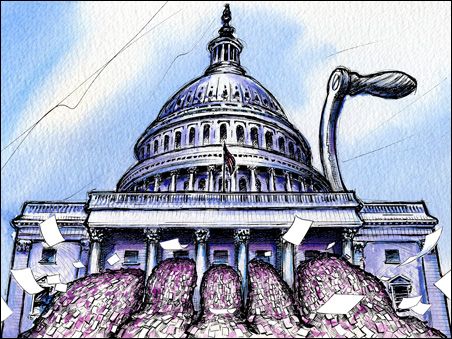In response to the unprecedented impact from business shutdowns ordered to battle the Covid-19 virus during the spring of 2020, Congress passed a massive $2 trillion dollar stimulus package in late March.

The new bill, which was debated for about a week on Capitol Hill, was quickly signed in to law by President Donald Trump and took effect on March 27, 2020.
The stimulus law, dubbed the CARES for Coronavirus Relief and Economic Relief Act turns on a fire hose of government money that will become available in the coming weeks to individuals and businesses. Coverage in the news media has largely focused on direct payments to every American man and woman of $1,200.00 with an additional $500 going to each child under age 17. But the package also includes some tweaks to Chapter 13 intended to assist debtors in a time of crisis.
Will the changes actually help those who have filed a Chapter 13 case? The best answer at this time is: Some yes, but some debtors, no. This is because debtors file Chapter 13 cases for different reasons, with different problems and different goals.
To see how this might play out in the real world, let’s consider three debtors to whom we give the simplistic names A, B, and C:
Debtor A is in Chapter 13 because he makes too much money to qualify for a Chapter 7 discharge — or at least he did until the virus hit. This points out an important flaw in the bankruptcy means test — it is backward looking, based on a record of past earnings, and doesn’t account for a change in circumstances.
The means test looks at the debtor’s earnings for the six months prior to a case being filed, not counting the partial month when the case was actually filed. So if debtor A files in April, his means test is based on his earnings from the start of October through the end of March. Let’s say debtor A lives in New Hampshire and earned $40,000 in those six months. Double that to get annual earnings of $80,000, which is over N.H.’s average income for one person, which is $66,565. Debtor A files Chapter 13 because he makes — or made — too much for a Chapter 7 discharge.
But say Debtor A was laid off on March 15th. Is there anything in the CARES Act to help him out bankruptcy-wise? Not specifically. While there are a few ways it might play out, this debtor is pretty much dependent on filing for relief and hoping his bankruptcy judge is lenient and understanding. Barring that, he could make a motion for a hardship discharge under 11 USC s. 1328 (b), but hardship again relies entirely on the attitude of the presiding judge. A little more extreme option would be to dismiss the case and file a 7 when his income drops, but that is a clumsy solution, involves more expenses, and probably involves waiting a few months. All in all, the CARES Act has little to offer this debtor’s bankruptcy problems.
Now consider Debtor B: he is in Chapter 13 because his house is worth about $30,000 more than his state’s homestead exemption will allow. Under the bankruptcy code’s “best interest of creditors test,” he has to pay at least $30,000 to his unsecured creditors through his Chapter 13 plan. So he’s making plan payments of $1,000 per month for 36 months (the extra money pays trustee fees, etc.).
The CARES Act potentially could help debtor B. It adds a provision that allows him to modify his plan to run for up to 84 months (i.e. seven years instead of three). That would reduce his plan payment to about $430 per month — a significant savings. Not everyone will want to be in bankruptcy for seven years (especially since you are barred from taking out new loans before the case is over). But in this case, there is indeed some practical help coming from Washington via CARES.
Now let’s look at Debtor C, who fell behind on his mortgage by $30,000 and filed for Chapter 13 the day before his house was scheduled to go to a foreclosure auction. (This is by far the most common situation, by the way). He has been making $600 monthly payments on a 60 month Chapter 13 plan (the maximum length before CARES). He drives for Uber and rides have been scarce to non-existent lately.
Debtor C could also possibly move to extend his payments to 84 months, which would drop them to $430 just like debtor B. But notice that the drop isn’t as dramatic stretching from 5 to 7 years, and also that debtor C really can’t even affordthe lower payment.
What C needs is a “moratorium” or “suspension” of payments until the virus passes and things return to normal again. But there is nothing in the CARES Act stimulus package to provide for this. It’s back to begging for mercy from the bankruptcy judge, who collectively will be making different decisions in cases like this all over the nation.
Please note that there is another big trap in the CARES Act that could torpedo the motions of both debtors B and C: the provision that in order to stretch out a plan beyond 60 months, the plan must have already been confirmed as of March 27, 2020. This is a major flaw in the law, as many cases were in the system on that date, but hadn’t been confirmed yet, often just due to the slowness of the system, no fault of the debtor. Debtors who file after CARES passage also don’t benefit.

Finally, its worth mentioning the “sunset” part of the new law: All of the changes to the bankruptcy code mentioned here expire automatically one year after passage (i. e. March, 2021), so act fast. Unless Congress passes more changes later on …..










